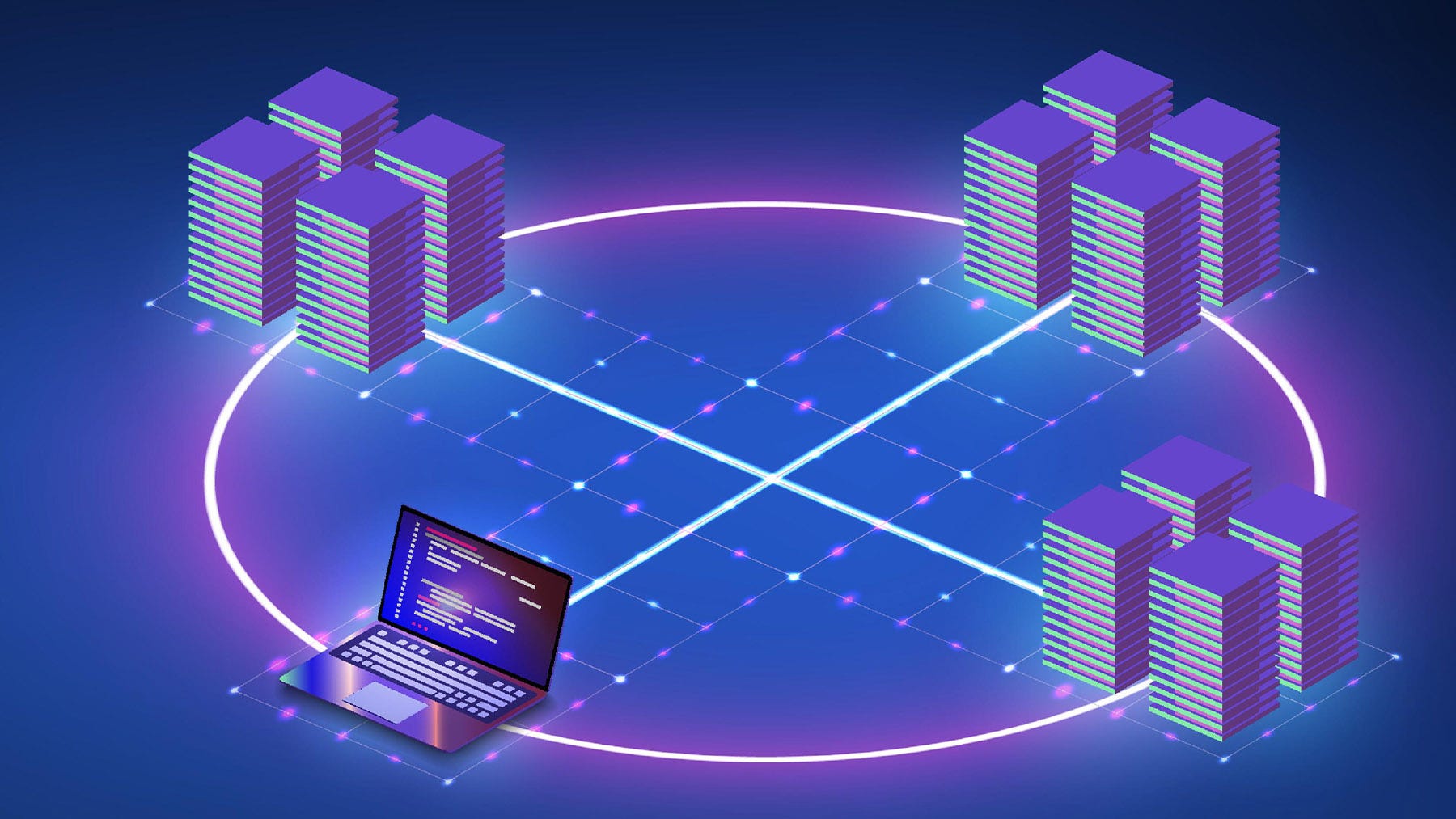What Is Server Consolidation and How Can It Improve Data Center Efficiency?What Is Server Consolidation and How Can It Improve Data Center Efficiency?
Although server consolidation is not particularly complex or expensive, it can be one of the most effective ways to boost overall data center efficiency.

Improving data center efficiency can range from costly and complex updates, like updating HVAC systems or adopting advanced cooling technologies, to simpler solutions. One of the most effective yet straightforward methods is server consolidation.
While it’s typically not as complex or expensive as other infrastructure upgrades, server consolidation can significantly boost efficiency. Here’s a look at why it works and some tips for implementing a server consolidation strategy.
What is Data Center Server Consolidation?
Server consolidation is the process of migrating workloads from multiple underutilized servers into a smaller collection of servers.
For example, if you currently have 100 servers whose average CPU load is 40%, you might be able to consolidate them into a collection of 75 servers with an average load of 50%. By doing this, you reduce the number of servers you need to operate, while still keeping average load at a level that is reasonable enough to avoid serious risk of application performance problems.
Note, too, that although server consolidation typically focuses on consolidating physical servers, it can also apply to virtual servers. For instance, if you have five virtual hosts running on the same physical server, you might consolidate them into just three or virtual hosts. Doing so would reduce the resources wasted on hypervisor overhead, allowing you to maximize the return on investment from your server hardware.

Consolidating servers in a data center reduces energy consumption and maximizes hardware utilization (Image: Alamy)
How Server Consolidation Improves Data Center Efficiency
From the perspective of data center efficiency – which refers to a data center’s ability to use energy efficiently – server consolidation can play a critical role in improving outcomes.
The reason why is simple: The fewer servers you have running, and the less CPU and memory those servers are actively using, the lower your data center energy consumption is likely to be.
It’s important to note that the energy needs of an individual server can vary widely, and could well be the case that two servers with low energy requirements will collectively consume less electricity than a single, more power-hungry server. This means that simply reducing the total number of servers in your data center doesn't guarantee a higher degree of data center efficiency.
To determine whether server consolidation will reduce energy usage, you’ll have to calculate the energy needs of your servers. Typically, power supplies indicate how many watts of electricity they supply to servers. Using this number, you can compare how energy requirements vary between machines. Keep in mind, however, that actual energy consumption will vary depending on factors like CPU clock speed and how active server CPUs are. So, in addition to comparing the wattage ratings on power supplies, you should track how much electricity your servers actually consume, and how that metric changes before and after you consolidate servers.
How to Consolidate Servers in the Data Center
Consolidating servers is typically a simpler process than, say, retrofitting a new type of cooling system into your server room. But it still requires multiple steps.
1. Identify Candidates for Consolidation
Start by identifying servers that are under-utilized and can be consolidated. As a very basic rule of thumb, any server whose average load hovers at about 50% or lower is a candidate for having its workloads consolidated to other servers. In addition, you may want to select servers with particularly high energy needs for consolidation, if you are able to move their workloads to more energy-efficient machines.
2. Plan a Consolidated Server Cluster
After deciding which servers you want to decommission, determine what your server cluster or collection will look like post-consolidation. You need to plan which servers you will keep, and which workloads will reside on each one. You should also consider whether you want to migrate any applications to a new type of deployment architecture – like using containers instead of VMs – as part of your consolidation plan.
3. Migrate Workloads
Next, you can perform workload migration. The process here will depend on which types of workloads you’re moving and how similar or different your new server environments are compared to the pre-consolidation environment. But in many cases, migration boils down to moving virtual machines or containers from one server to another – a relatively straightforward process and one that tends to be simpler than migrating from on-prem to the cloud.
4. Validate Your Consolidated Servers
Finally, assess your consolidated environment to ensure that the migration has gone smoothly. You’ll also want to monitor your servers on an ongoing basis to ensure that CPU and memory load levels remain within a safe range. Typically, servers that experience more than 80% average load present a risk of failing to perform adequately in the event of a sudden spike in application requests – so if you detect servers running at that level or higher, you may need to move workloads around to reduce overall load.
Read more of the latest data center hardware news
Wrapping Up: The Benefits of Server Consolidation
Done correctly, server consolidation offers a cost-effective and straightforward way to boost data center efficiency. By reducing the number of servers, data centers can lower energy consumption, optimize hardware use, and achieve better overall performance.
With proper planning and execution, server consolidation can be a key part of a broader strategy to make data centers more sustainable and efficient.
About the Author
You May Also Like









